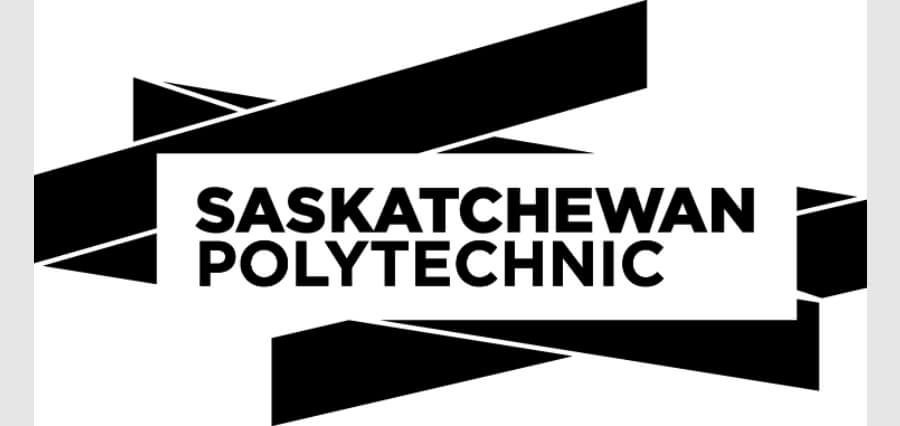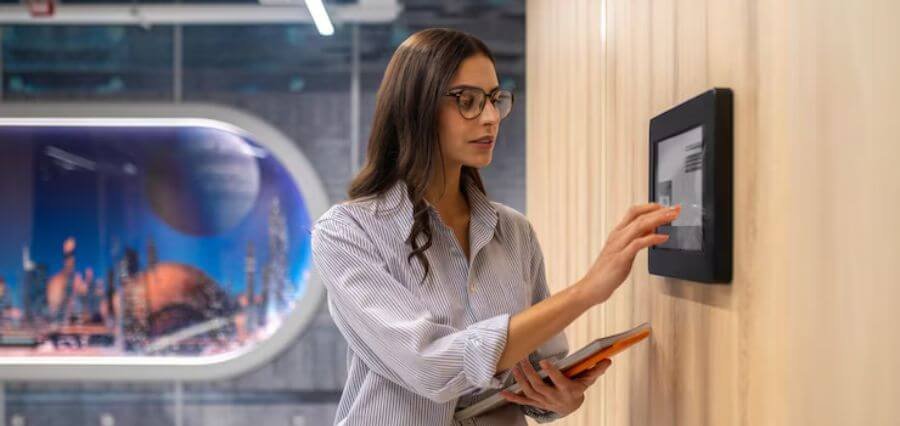Covid-19 made the 2019-20 academic year one, which we will never forget. It forced teachers to pivot to online teaching with no kind of notice or preparation. On the other side of the desk, when interviewed, students tend to be much less satisfied with the efficiency and efficacy of online learning. However, as the schools start to plan the academic year 2020-21, online learning is likely to play a leading role in restoration, as many districts will shift into a system that combines education online and in person.
As we move past the ongoing pandemic and actively prepare these programs, we should look at the strengths and limitations of online learning.
A Unified Online Medium
Many students when first forayed into online learning raised issues about pace, structure, lack of interaction and rigor, and the sometimes-confusing plethora of communication and educational channels. Examples of such include diverse communication channels such as Zoom, email, Google Classroom, and various apps. To be more conclusive, most have found the largely asynchronous nature of learning to be a lonely experience.
As such, the technology itself cannot turn learning experience into more engaging; therefore, in developing online systems, schools might need to map their curricula, ensure articulation and complementarity between face-to-face and virtual education, and intentionally layout both environments, and seek a balance between them.
As always, educators must find out what students will learn from their content, from their activities, and from each other. Schools could need to change to a refined learning management system where every content, discussion, assessment, and web-session can be housed to ensure that all communication and training are consistent and coherent.
The new medium can comprise the following points.
- Learning to involve more group tasks and synchronous experiences with teachers and classmates
- Games, web simulations, videos, and fewer worksheets
- A broad choice board paving the path to personal learning routes to individual projects, addressing the skills, abilities, interests and domestic situations of pupils
- Real-world projects and actions involving students to create rather than just consume information
What Teachers should do?
One reasonable advantage of online learning was that many teachers had learned to use technology by practicing in a fairly risk-free environment. While they have learned new skills, the teachers need far more preparation online to learn, and their comfort using technology as part of face-to-face teaching.
Teachers need further support in learning how to manage students remotely and in live sessions, in addition to using online technologies and selecting appropriate web-based technologies to improve student learning. They will need online evaluation training and ways of communicating and facilitating online education, especially with the most vulnerable students.
Teachers must develop an array of online pedagogies that include a mixture of:
· The transmission of Information through demo, lecture, screen casts, videos or online presentations on concepts, skills, and procedures
- Activities which not only put information in student but knowledge — inductive reasoning, open-ended questions, exploration, methods of metacognition and problem solving
- In online learning, we can still use collaborative education methods — jigsaw approaches, reciprocal teaching, discussions, debates, and peer tutoring
In order to connect the students and to be part of an online student community, teachers will need guidance and strategies to establish a sense of emotional, cognitive, and educational presence in the realm of digital education.
What Students should do?
For students, as their first experience as online learners, many struggled in an asynchronous environment with technology and as an online learner. Therefore, one of the most crucial aspects is that we will get our students ready to excel as online learners before transitioning to a modern education program.
- They should train in keyboarding, log into a web conference system, use email, remember passwords, handle files, navigate through an educational management system, etc.
- Personal features of successful online learning to use motivation, management of time, digital citizenship, persistence, autonomy and seeking help
- Productivity capabilities related to online learning such as reading and writing, draw up and follow schedules
Structure and Support for All Students and Families
As schools transition to online education, our education system must guarantee that requirements and guidelines to ensure that every student, both at school and domestically, receives equitable education. It will require technology to be delivered to every student, schedules, and routines to be developed, and new policies and measures for student attendance, participation, and graduation in the online medium.
They need clear support and family structures in schools. Additional assistance is required for parents and guardians who have no digital skills, who cannot guide learners with home education or whose houses are unable to learn online. Schools could provide workshops for parents, caregivers, and children to model home digital learning practices, teach basic digital literacy
skills, establish communication channels, share child progress and assessment techniques, and provide family continued social, educational, and technical support.









